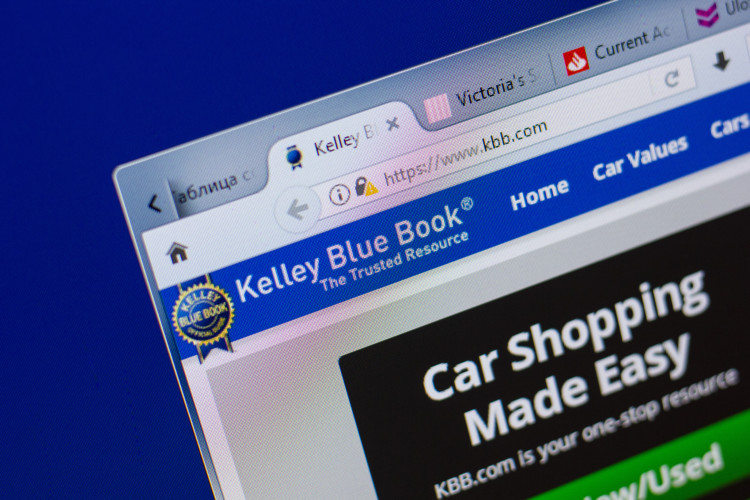 Kelley Blue Book at kbb.com is the go-to site if you want to know the value of a used or new car, motorbike or other vehicle. Their list is published twice a year and is a useful resource for the more than 15 million transactions involving used cars every year. KBB bases its pricing on 75 years of experience using a method that takes into account the new price for the car and market forces that will influence the current price.
Kelley Blue Book at kbb.com is the go-to site if you want to know the value of a used or new car, motorbike or other vehicle. Their list is published twice a year and is a useful resource for the more than 15 million transactions involving used cars every year. KBB bases its pricing on 75 years of experience using a method that takes into account the new price for the car and market forces that will influence the current price.
Most sellers who want to price a used car correctly, or buyers who want value for their money, consult blue book value. Most sites listing car prices get their information from the KBB site.
While the KBB may be used for transactions taking place across different countries such as USA-Canada, the KBB does not account for regional differences in pricing. For that information, you will want to check your local classifieds to help determine the price.
KBB provides three values:
- Retail price – the price you could expect to pay a dealer for a used car
- Trade-in price – the price a dealer would give you for your used car if you were trading it in
- Private sale price – the price you could expect to collect in a private sale to another person.
In the book, cars are listed by manufacturer and then alphabetically by model. You can find other useful information such as how mileage, extra features and the car condition can influence the price.
Using the website is pretty easy. You can search for the price of your used car using the year, make and model of the car. Then you should select which of the three values listed above you need to know i.e. private sale price or other. Next, enter the zip code of where you are selling the car, the transmission, engine and mileage of the car. Finally, a list of optional features, for example air conditioning, is presented and you can also determine the value of the car if that feature does not currently work. The condition of the car can also be input, choosing from:
- Excellent
- Good
- Fair
- Poor
While KBB values are a good starting point for price calculation, keep in mind that demand and supply, as well as trends can influence the price of a car. A market flooded with a particular make and model, or a defective model, will result in a lower selling price. On the other hand, a highly desirable and popular model in short supply can command a higher price than that stated on Kelley Blue Book. For instance, trucks may be valued higher in rural areas, while compact cars may be valued higher when sold in the city.
